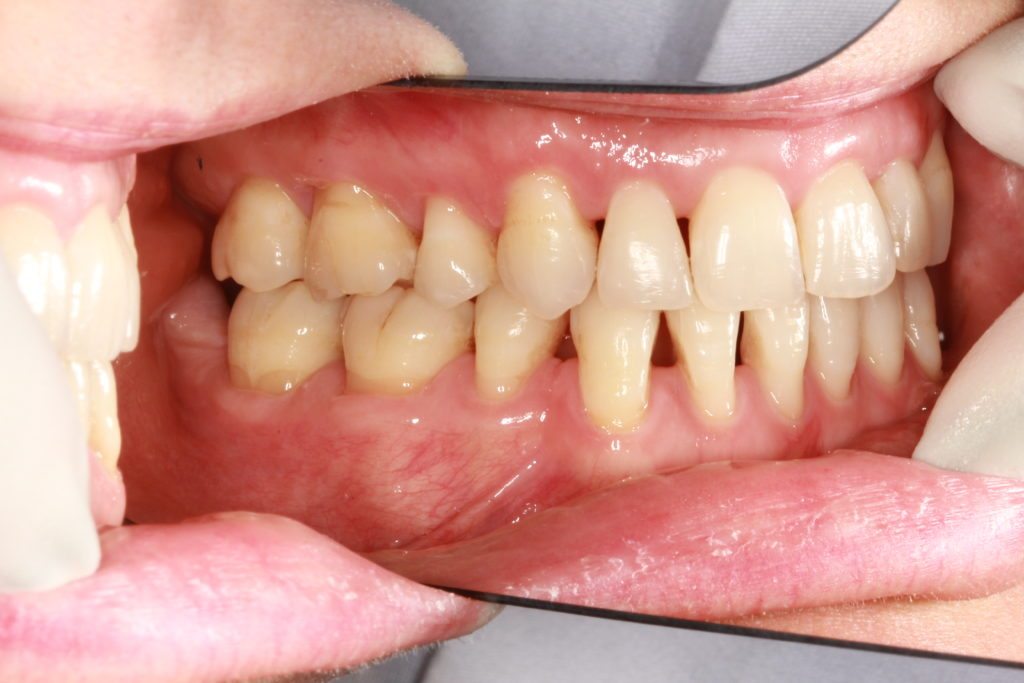 Dark Triangles between teeth?
Dark Triangles between teeth?
Look closely at your front teeth. Between any of them, do you notice gaps that look like tiny black triangles? A dental black triangle occurs when the space between two teeth is not completely filled by gum tissue. This creates a triangular gap between the teeth and gums.
Causes of Black Triangles
Black triangles may result from numerous underlying causes, including a person's dental anatomy and their oral health status. Some of the most common reasons that black triangles form include:
When crowded teeth are aligned, sometimes there will be a space that appears between the teeth that is not filled in with gum tissue. This appears as a "Dark Triangle" which can be unsightly for one's smile. In this blog post, we will discuss why dark triangles appear and how they can be treated or reduced.
Incisors are triangular/trapezoidally shaped. The sides in between teeth slope towards the adjacent teeth (embrasure) until the two teeth touch (contact). Ideally, the space between two teeth and beneath the contact will be filling with healthy, supple, gum tissue (interdental papilla). However, if the contact between the teeth is too far from the gums, it is difficult for the gums to fill this large space, hence and empty space known as a dark triangle.
Often, gum recession can be the underlying cause of dark triangles. Because the gums attach lower down on the tooth, the space between the teeth is just too great for the gums to fill them in completely. This lower gum line can be caused by many things: gum disease (periodontitis), age, excessive brushing, and grinding teeth (bruxism) to name a few. The key to preventing dark triangles is keeping gums health in the first place with brushing, flossing, and regular visits to the dentist.
However, if you find yourself in a position where you already have dark triangles, your dental professional can help. Gum specialists (periodontists) can perform a gum graft to help increase gum coverage across teeth and provide provide protection from further gum recession. This however is not always a possibility and depends on the many factors concerning the extent of the gum loss and health of the teeth. Orthodontists can also reduce dark triangles by using braces or clear aligners to push the teeth closer together. In order to do this, the contacts between the teeth must first be flattened. This is done through a process called IPR (Interproximal Reduction). The procedure involves very fine polishing discs and strips that polish in between teeth removing micrometers of enamel while leaving a protective enamel shell around the tooth. This IPR flattens the contact and allows the teeth to be pushed closer together, thereby reducing the amount of space the gums have to fill in between the teeth and reducing the appearance of a dark triangle.